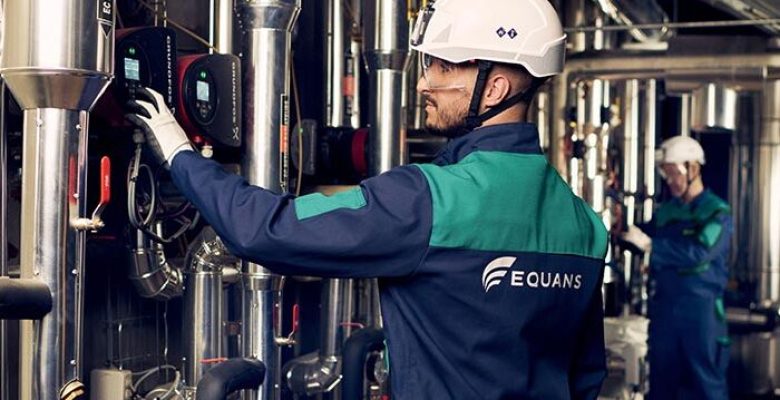For over 20 years, Van Parijs Engineering has been providing customized solutions in power quality and energy. Thanks to their expertise in UPS and CHP systems, Van Parijs guarantees the quality of your energy supply under all circumstances.
Their mission is to develop high-quality, reliable, and sustainable energy solutions and to help customers in their energy transition by securing and improving their energy needs. To do this, Van Parijs Engineering, now part of Luminus Solutions, provides customized B2B solutions in 2 areas: decentralized energy production and uninterruptible power supply
Problem
Van Parijs Engineering provides customized energy solutions to customers. These customers have one thing in mind: make sure the investment in this energy solution gives the projected return on investment. This means that the energy production needs to be regular and continuous. It almost works like a “negative contract”. It costs money to Van Parijs when the machine is not running as it should. So preventive maintenance is key.
At the same time, each energy production solution is customized. Not two installations are the same, so the maintenance isn’t a matter of one process fits all On the contrary, each cogeneration plant needs a specific maintenance schedule.
Solution
Enters Wello Solutions. Because every installed energy solution is different, giving all the specs to the field engineer was important. “The custom fields to build a spec sheet for each equipment type was a first step. All relevant information is now available to technicians in a structured way on the mobile app, also when offline. But we needed more,” says Gregory Duquennois, Maintenance Manager Energy at Van Parijs Engineering. “So we started to use the ‘Bill of Material’ module available inside the Wello Solutions Field Service Platform. With this module, field engineers know exactly how the equipment was built and what spare parts to use. We can track how fast and how much a part has been replaced. After all, the more hours the energy production machine runs, the happier the customer.”
Tracking the used parts against a Bill of Material is also essential. It allows the engineers to understand why equipment fails and which part is responsible for it. A field engineer may use a different air filter than originally required. But if it turns out this air filter keeps the equipment running for longer, it is an important feedback.
Maintenance schedules
A second key element was to be able to set up flexible preventive maintenance schedules. “Our cogeneration plants usually have a maintenance schedule that resembles this structure,” says Gregory Duquennois, “for example a monthly small maintenance + one larger maintenance every 3 months + one considerable maintenance every 2 years.”
The contract module allows one to build as many preventive maintenance schedules for each piece of equipment as one needs, with its specific list of recommended parts and checklist. Once set up, it generates the work orders and puts them on the plan board automatically, never missing a single maintenance.










